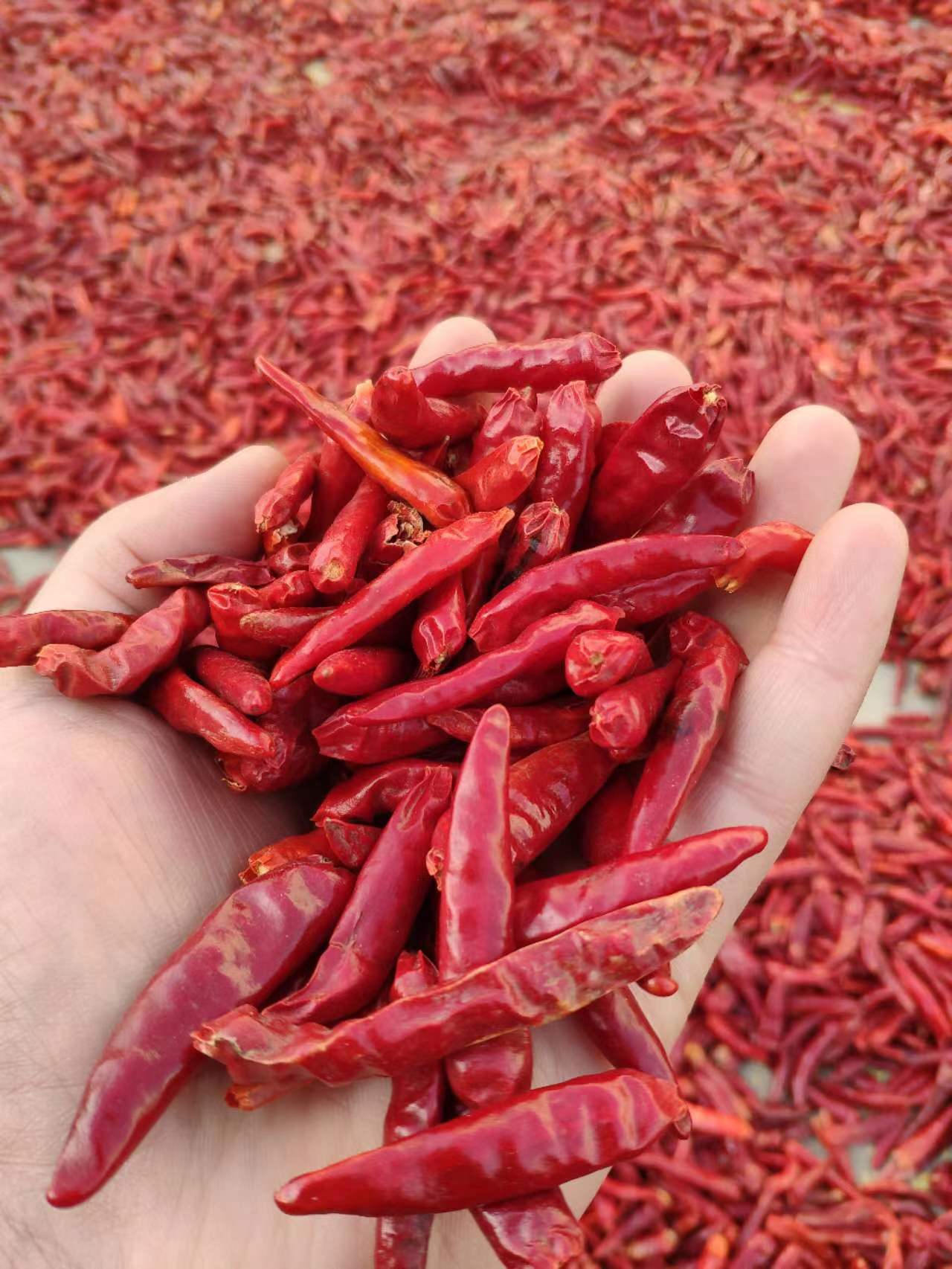- No. 268 Xianghe Street, Economic Development Zone of Xingtai city, Hebei 054001 China
- Byron@hbhongri.cn
A Comparison of Chili Powder and Cayenne Pepper Uses and Flavor Profiles
Chili Powder and Cayenne Pepper A Spicy Adventure in Flavor
When it comes to spicing up our meals, chili powder and cayenne pepper are two popular options that often find their way into kitchens around the world. Though they share a common origin in the Capsicum family of peppers, they have distinct characteristics, uses, and health benefits that can elevate any dish. Let's explore what sets these two fiery seasonings apart and how they can enhance our culinary experiences.
Understanding the Basics
Chili powder is a spice blend, usually made from ground dried chilies, but it may also contain other ingredients, such as cumin, garlic powder, and oregano. The flavor profile of chili powder can vary significantly depending on the type of chili used and the proportions of the other spices in the blend. Common varieties include ancho chili powder, which offers a mild, sweet flavor, and chipotle chili powder, which has a smoky kick.
Cayenne pepper, on the other hand, is made from a specific type of hot pepper, the cayenne pepper, which is ground into a fine powder. It is significantly hotter than most chili powders, measuring between 30,000 to 50,000 Scoville Heat Units (SHU), while regular chili powder typically ranges from 500 to 2,500 SHU. This difference in heat level is important for those who want to control the spice level in their dishes.
Culinary Uses
Both chili powder and cayenne pepper can be used in a variety of cuisines to add heat and depth to dishes
. Chili powder is often used in Tex-Mex and Indian cuisine, lending its warmth to chili con carne, enchiladas, and curries. It can also be sprinkled on roasted vegetables or mixed into marinades for proteins, providing a complex flavor that tantalizes the taste buds.chili powder and cayenne pepper

Cayenne pepper, being much hotter, is typically used more sparingly. It’s a fantastic addition to spicy dishes, such as hot sauces, seafood boils, and even some desserts, where a touch of heat can create an unexpected yet delightful balance. A small pinch of cayenne can transform a standard dish into an exciting culinary experience, igniting flavors in a way that other spices may not.
Health Benefits
Apart from their culinary appeal, both chili powder and cayenne pepper come with an array of health benefits. Capsaicin, the active compound in these peppers, is known for its anti-inflammatory and pain-relieving properties. It may boost metabolism, support weight loss, and promote heart health by improving circulation and lowering blood pressure.
Moreover, chili powder is rich in antioxidants, vitamins A and C, and other essential nutrients that contribute to overall health. Regular consumption of these spicy ingredients can also enhance digestive health, as they may stimulate the production of digestive enzymes.
Conclusion
Incorporating chili powder and cayenne pepper into our cooking routines can open doors to a world of flavor and health benefits. While chili powder offers versatility and a range of flavors, cayenne pepper delivers the heat that can elevate a dish from mundane to extraordinary. Whether you're preparing a hearty chili, a zesty stir-fry, or a tangy sauce, these spices can make all the difference. So, next time you're in the kitchen, don’t shy away from the heat—embrace it! Add a dash of chili powder or a sprinkle of cayenne pepper, and embark on a spicy adventure that will not only tantalize your taste buds but also nourish your body.
-
Turmeric Rhizome Powder: A Golden Treasure from Roots to TableNewsJul.28,2025
-
The Versatile Application Of Crushed Red Hot Peppers: Lighting Up The Red Flames On The Dining TableNewsJul.28,2025
-
The Paprika: A Touch Of Vibrant Red In Color, Flavor, And CultureNewsJul.28,2025
-
Ground Turmeric: A Modern Examination of an Ancient SpiceNewsJul.28,2025
-
Capsicum Liquid Extract: Features, Applications, and ChallengesNewsJul.28,2025
-
Application of Capsicum Liquid Extract in FoodNewsJul.28,2025







